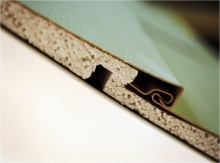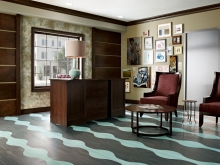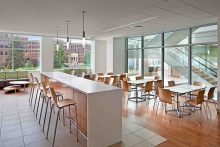Insulated Siding: Part 2
This second of our insulated siding articles focuses on the technical aspects of using this exterior cladding as an insulation product. We will also touch on some relevant details regarding its installation.
The industry definition of insulated siding, or IS, is an exterior cladding product with a significant thickness of insulation permanently adhered, so that both cladding and insulation are installed in one step and as one product. This is currently limited to some aluminum and many vinyl siding products. (There also exists a line of contoured foam insulation manufactured as either a universal backing, or a product-specific backing for several types and brands of solid plank siding, including fiber cement. We will discuss this material separately.)











